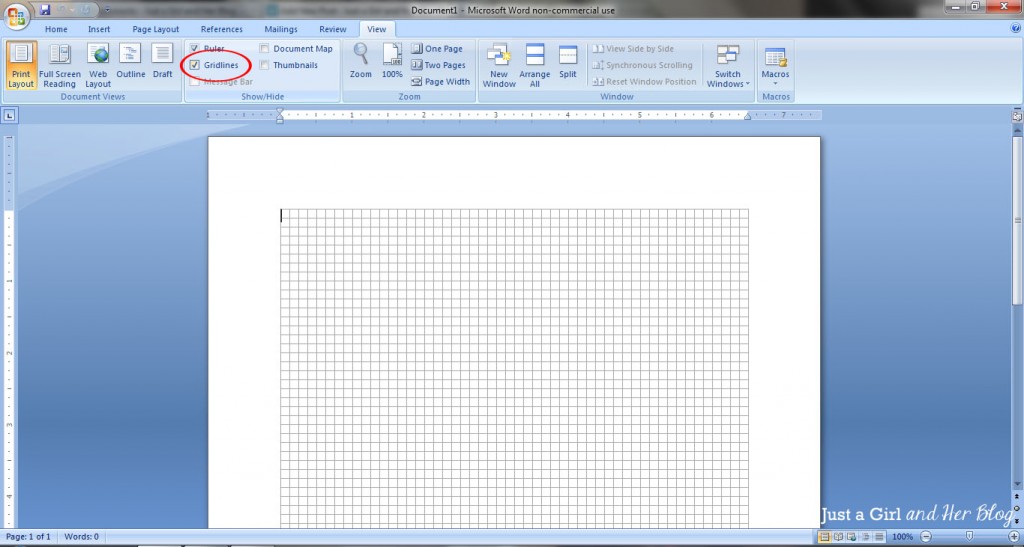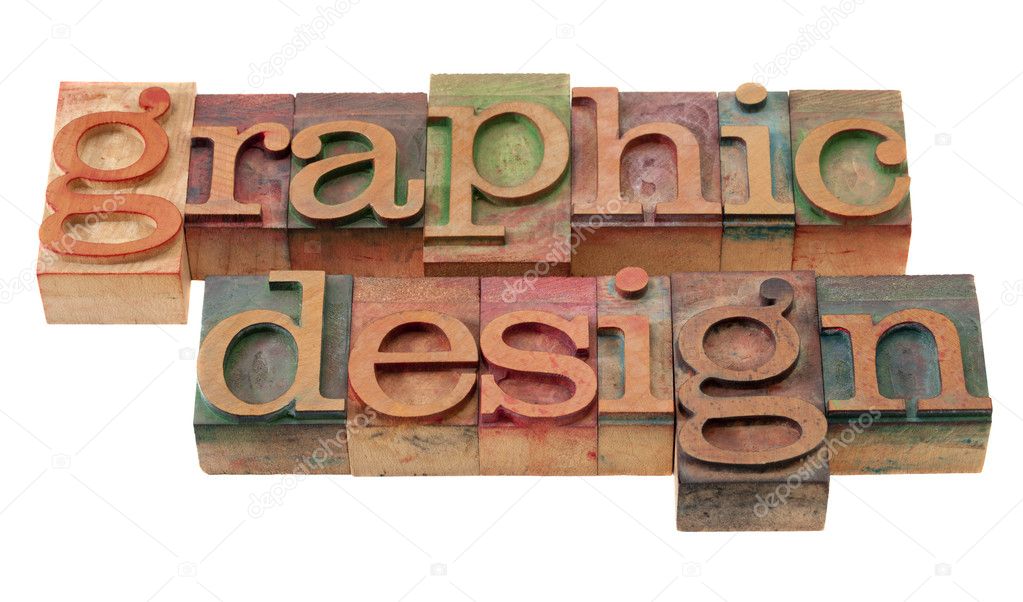


Typography truly became an industry, especially with the invention of the Linotype machine in 1886, the Monotype system the following year and Phototypesetting in the 1950s. Skip forward again to 1890 when things start up again and typography started to become what we know of today. These were then sold on to print shops, where a typesetter (yep, there were even typesetting back in the 1800s) who would set the fonts to allow for maximum legibility. These blocks are the beginnings of what we know as typefaces today-with a block being produced for each character. (That’s right-the long held belief that Gutenberg invented the printing press isn’t true!).įast forward 350 years and letters are being turned into metal or wooden blocks (see Antique below for an example of a woodblock typeface). Though, typographers tend to define the printing press as an East Asian invention in the 11th Century, which was introduced to the Western world by Johannes Gutenberg from Mainz in Germany in the 1440s.

It’s hard to define where typography as we know it began-early versions of what we would now call a printing press have supposedly been discovered in Ancient Mesopotamia, dating around the 2nd Century BC. Here, we’re going to delve deep and dig out some of the most interesting vintage typography, all of which can inspire designers or even be used in your designs today. This means looking toward the future to predict what is coming, but just as importantly looking back to the past for reference and for inspiration. 35 Examples of Vintage and Retro Typography You Need to SeeĪ good designer knows that you’ve got to look beyond the now to produce the best designs.


 0 kommentar(er)
0 kommentar(er)
